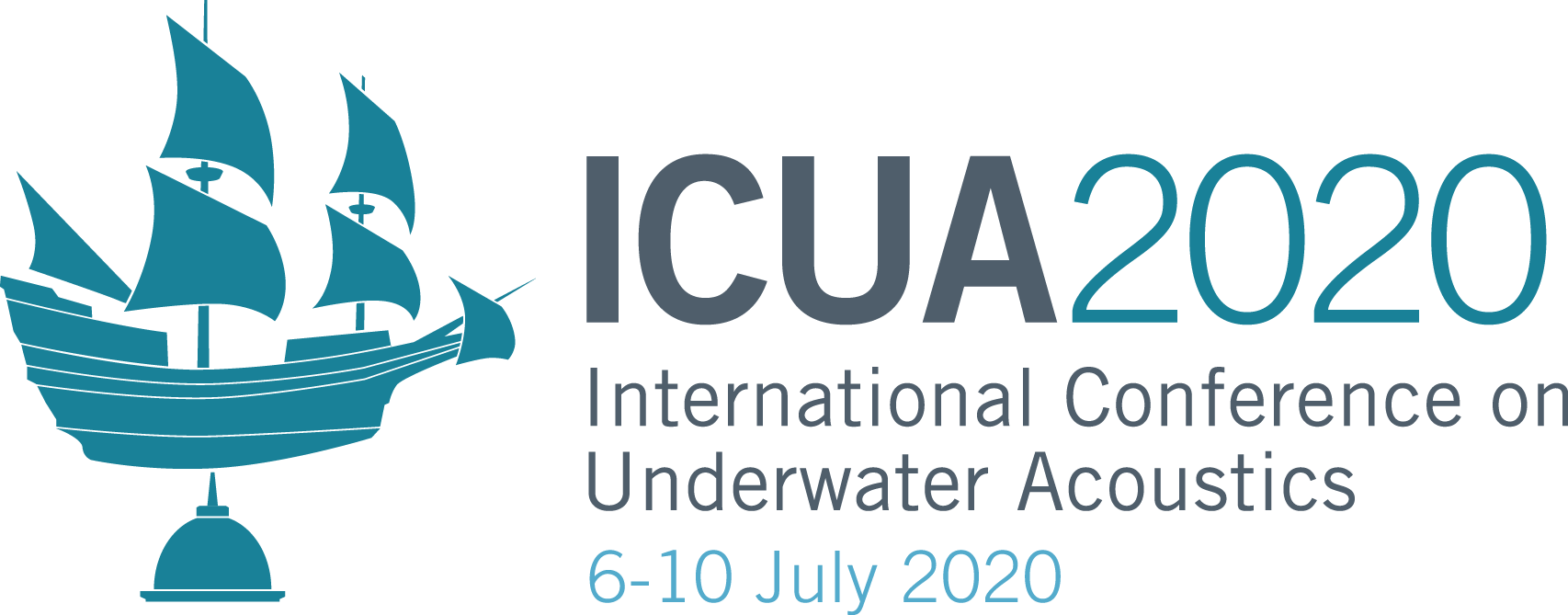

Comments: download pdf
Ref.: Proceedings of Meetings on Acoustics, Acoustical Society of
America, October 2020
Abstract: The Azores archipelago is an important habitat for several resident and migratory cetaceans. Due to its geographical position, the Azores is also a North Atlantic(NA) shipping lanes crossroad between Central-North America and Europe. Due to economy globalization, shipping tonnage has been steadily increasing worldwide and also in the NA. So, the question under debate is whether the underwater noise generated by shipping is posing a threat to the cetacean community in the Azores, in light of and in completion with the EU Marine Strategy Framework Directive (MSFD) ocean noise descriptor 11. Since 2017, acoustic measurements have been performed in the southern side of the channel between the islands of Pico and Faial. Although foreground biological signatures are numerous and relatively easy to spot in the data, it is not clear how to separate background biotic, abiotic and man made noise, and therefore to single out the noise due to shipping. In order to address these questions, a shipping noise prediction tool using a 10-min resolution AIS coverage of the area together with bathymetric and water column space-time descriptors, showed a significant noise variability in the Pico-Faial area. This variability was mainly observed in the strait and to south of it both along the coast and around offshore banks, associated with ferries and fishing activity. Time series sound pressure level predicted at three receiver locations favorably compares with in-situ noise measurements in the 20-200 Hz, a frequency band of significant shipping noise and of fin and blue whale vocalizations [Work supported by EU INTERREG and FCT, projects JONAS and AWARENESS].